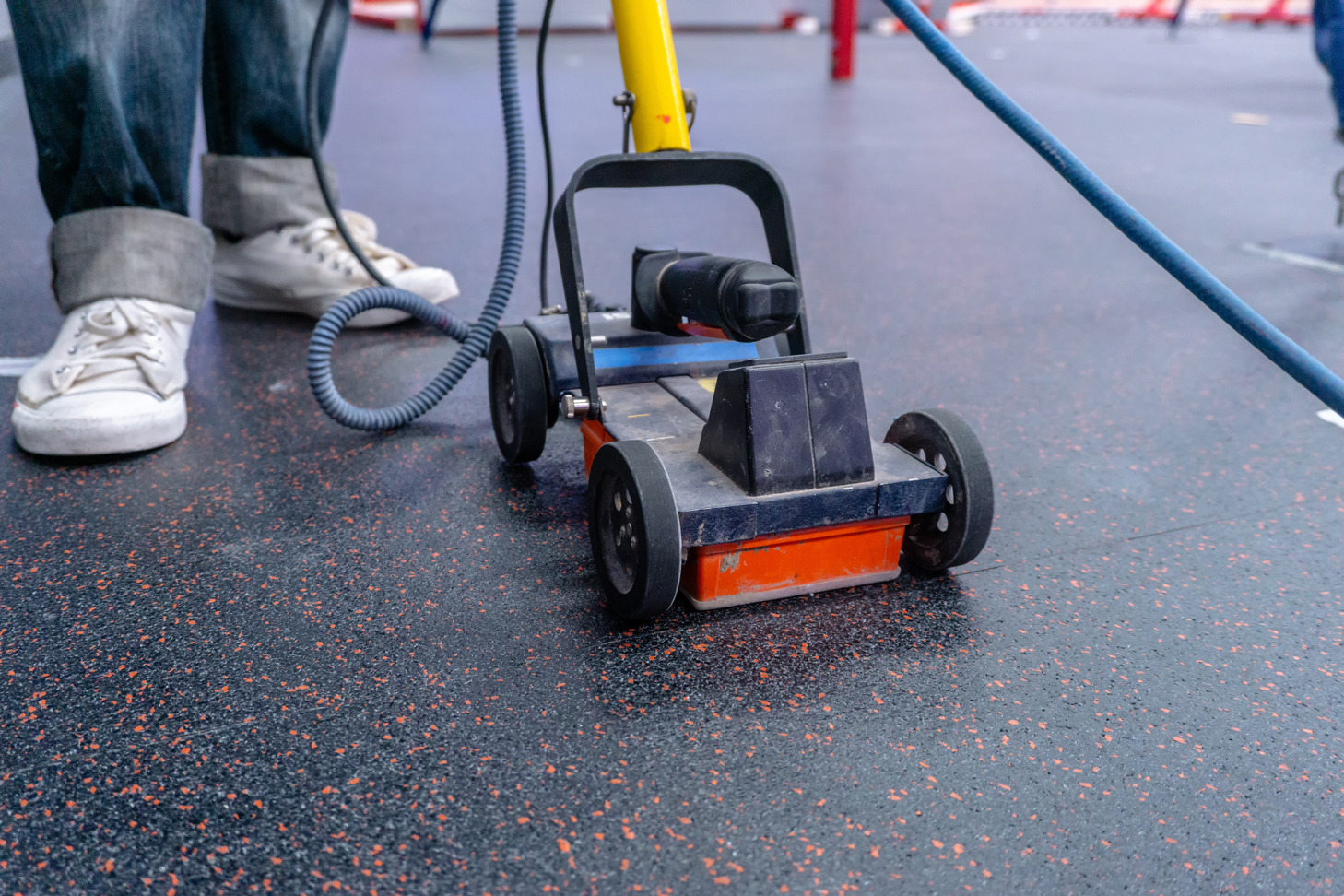Extensive Insights into Concrete Scanning Procedures
Past the Surface Area: Leveraging Advanced Concrete Scanning Techniques for Unmatched Accuracy and Insight
Advanced concrete scanning methods have actually emerged as crucial devices in this quest, providing a glance underneath the surface to unveil a globe of crucial understandings. By utilizing sophisticated innovations, specialists can discover abnormalities, assess the condition of concrete structures, and make educated decisions that shape the training course of tasks.
Relevance of Advanced Concrete Scanning
The value of utilizing advanced concrete scanning strategies lies in the unmatched precision they use for finding sub-surface abnormalities and guaranteeing architectural honesty. By employing sophisticated technologies such as ground-penetrating radar (GPR), electro-magnetic induction, and progressed sonar imaging, building experts can dig under the surface area of concrete frameworks with a level of accuracy that far surpasses standard assessment approaches. Concrete Scanning. These techniques allow the identification of concealed hazards like rebar deterioration, gaps, avenues, or post-tension cable televisions that can endanger the security and safety and security of a framework with time
In addition, advanced concrete scanning provides important insights into the general problem of a concrete component without the requirement for intrusive actions, decreasing the danger of causing damage throughout the analysis process. The capacity to identify the exact place and depth of potential concerns enables targeted repairs and maintenance, ultimately lengthening the life-span of the structure and optimizing its performance. Basically, the importance of innovative concrete scanning can not be overstated in the world of building and infrastructure upkeep, where accuracy and dependability are paramount.
Sorts Of Cutting-Edge Technologies

Anomalies and Flaw Discovery

Along with GPR, concrete scanning strategies like thermography and impact-echo testing are likewise reliable in finding issues and abnormalities. Thermography uses infrared modern technology to identify variations in surface area temperature level, showing prospective locations of concern such as delamination or wetness ingress. On the other hand, impact-echo testing includes examining acoustic actions to detect voids, fractures, and other flaws within the concrete. By leveraging these sophisticated techniques, specialists can proactively address architectural concerns, ensuring the long life and safety and security of concrete frameworks.
Assessing Concrete Problem
Exactly how can engineers properly examine the condition of concrete structures to guarantee their longevity and safety and security? Analyzing the concrete condition is a critical aspect of maintaining framework integrity. Numerous sophisticated concrete scanning techniques are utilized for this objective. Ground-penetrating radar (GPR) is generally used to analyze the interior structure of concrete, identifying spaces, splits, and other abnormalities that may endanger its strength. Furthermore, impact-echo screening can offer insights right into the thickness and stability of concrete elements. Ultrasonic pulse speed screening is one more beneficial approach for examining concrete quality browse around this site by determining the rate of sound waves with the product.
Integrating non-destructive testing techniques with visual inspections permits for an extensive analysis of concrete problem, allowing engineers to identify potential issues early on and carry out timely maintenance or fixings. By leveraging these sophisticated methods, engineers can make certain the lasting durability and safety and security of concrete frameworks.
Enhancing Decision-Making Processes
In the realm of infrastructure monitoring, optimizing decision-making procedures is critical for making certain the effective upkeep and durability of concrete frameworks. Improved decision-making procedures investigate this site in concrete management entail using innovative scanning techniques to gather detailed data on the problem of structures. By leveraging modern technologies such as ground-penetrating radar and 3D imaging, stakeholders can make informed choices concerning reinforcement, repair, or replacement strategies.
These progressed scanning strategies provide important insights right into the inner make-up of concrete, determining potential issues such as voids, fractures, or rust that might not show up on the surface area. This level of thorough details enables proactive maintenance planning, reducing the risk of structural failures and increasing the overall lifespan of concrete structures.
In addition, by including digital documentation and evaluation tools right into the decision-making process, stakeholders can track the advancement of concrete conditions over time, making it possible for predictive upkeep methods and optimizing source allotment. Eventually, the integration of innovative concrete scanning methods boosts decision-making processes by giving unrivaled precision, understanding, and effectiveness in infrastructure administration.
Conclusion
In verdict, advanced concrete scanning Website techniques use unequaled precision and insight in detecting abnormalities, defects, and evaluating the problem of concrete structures. By leveraging cutting-edge technologies, decision-making procedures can be enhanced, causing even more educated and reliable remedies for preserving and repairing concrete framework. These techniques play a vital role in guaranteeing the safety and security and longevity of concrete frameworks, making them an essential tool in the area of building and design.
In addition, progressed concrete scanning provides invaluable insights into the general condition of a concrete aspect without the requirement for intrusive procedures, reducing the threat of creating damages throughout the analysis procedure - Concrete Scanning. An additional cutting-edge modern technology is 3D X-ray scanning, which offers in-depth pictures of the interior structure of concrete, providing important details without the need for destructive testing. Additionally, Concrete Cover Meters are made use of to gauge the density of concrete cover over reinforcement bars accurately. Enhanced decision-making processes in concrete administration involve utilizing innovative scanning methods to gather comprehensive information on the problem of frameworks.In verdict, advanced concrete scanning techniques supply unparalleled precision and insight in spotting abnormalities, issues, and examining the condition of concrete frameworks